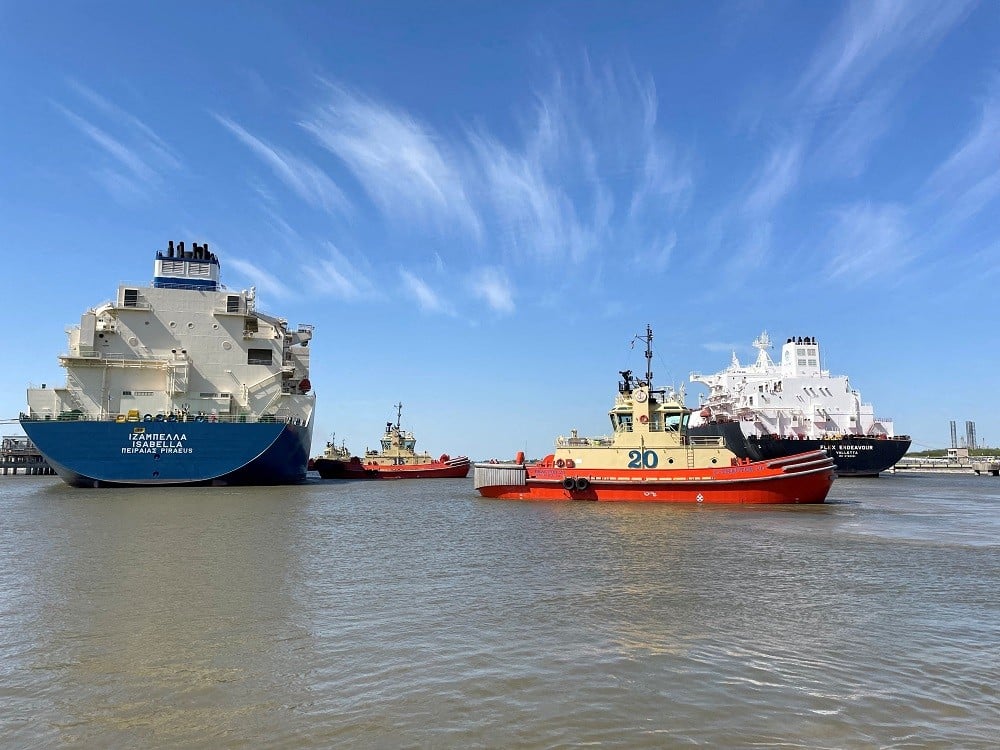 |
| The United States became the world's largest exporter of liquefied natural gas (LNG) last year, largely filling the void left by Russia. (Source: Reuters) |
“Never waste a good crisis.” The famous quote by the late British Prime Minister Winston Churchill perhaps best reflects the US response to the energy crisis that has swept Europe over the past two years. The statistics speak for themselves.
Dominating the European energy market
The United States became the world’s largest exporter of liquefied natural gas (LNG) last year, largely filling the void left by Russia. Russian gas exports to the continent have fallen sharply due to economic sanctions imposed by the European Union (EU) over Moscow’s military intervention in Ukraine, leaving the position of supplier to a number of other countries, including the United States.
At the same time, according to the US Energy Information Administration, in 2022, Europe will also become the main destination for the country's liquefied natural gas (LNG) exports, accounting for 64% of the continent's total imports, up from 23% last year.
Now, the US is looking to repeat this success story in nuclear energy by promoting the transfer of its home-made small modular reactors, known as SMRs, to Eastern European countries.
SMR is an advanced nuclear reactor with an electrical capacity of up to 300 MWe per unit, about 1/3 of the generating capacity of a traditional nuclear power reactor.
No SMRs are currently operational globally, but the technology is considered promising and was outlined in the European Commission’s (EC) Net-Zero Industry Act, which was introduced in March this year. Their main advantage is that they can be assembled in a factory and delivered anywhere in the world, including remote areas with limited grid coverage.
Several companies have developed SMRs, including Nuward, a subsidiary of French state utility EDF, and US-based NuScale.
However, the US has been quicker and more determined than the EU in marketing SMRs to potential buyers in Eastern Europe.
At the Bucharest Summit last month, US Assistant Secretary of State Geoffrey Pyatt touted the US’s “civil nuclear alliance with Romania,” highlighting plans to build an SMR in Romania by 2029.
Similarly, according to Mr. Pyatt, the US is negotiating with the Czech Republic to deploy SMRs “in the late 2020s,” earlier than the 2032 deadline that Prague originally planned.
The Czech and Romanian SMR projects are part of a broader Washington plan, dubbed “Project Phoenix,” to replace polluting coal-fired power plants in Central and Eastern Europe. The US announced on September 7 that Slovakia and Poland had also been selected to participate in the project.
Project Phoenix was first announced at the United Nations COP27 climate summit last year by John Kerry, the US President's Special Envoy for Climate Change.
However, Assistant Pyatt acknowledged that Project Phoenix goes beyond concerns about climate change, saying that the US sees energy security as “a core element of transatlantic security”.
“We want to support our allies and partners,” Mr. Pyatt explained at a press briefing last month. “And that starts in a transatlantic context, where we have a dense network of alliances, including through NATO.”
Putting energy in the context of geopolitical security
Russia's military campaign in Ukraine (since February 2022) has indeed made many governments in Europe realize that energy issues have security dimensions that go beyond the traditional areas of market economics or environmental policy.
Mr. Pyatt himself was open about this, saying that the US strategic goal in Eastern Europe is to defeat “Russia’s efforts to weaponize energy through the use of coercion against Washington’s allies in Europe.”
“The core of our strength and national security lies in our alliances and partnerships,” he said, placing the US SMR program in the context of geopolitical and global security.
Energy security “is a core global issue,” the US official summarized.
In Europe, however, such geopolitical considerations are not yet acceptable when it comes to nuclear energy.
Germany and Austria have been opposed to EU-funded nuclear programmes from the start – even SMRs, which are seen as safer than traditional large-scale nuclear plants. For these two countries, the EU should only be involved in the spread of clean technologies such as renewable energy.
Meanwhile, for French nuclear advocates, Project Phoenix is causing both envy and concern.
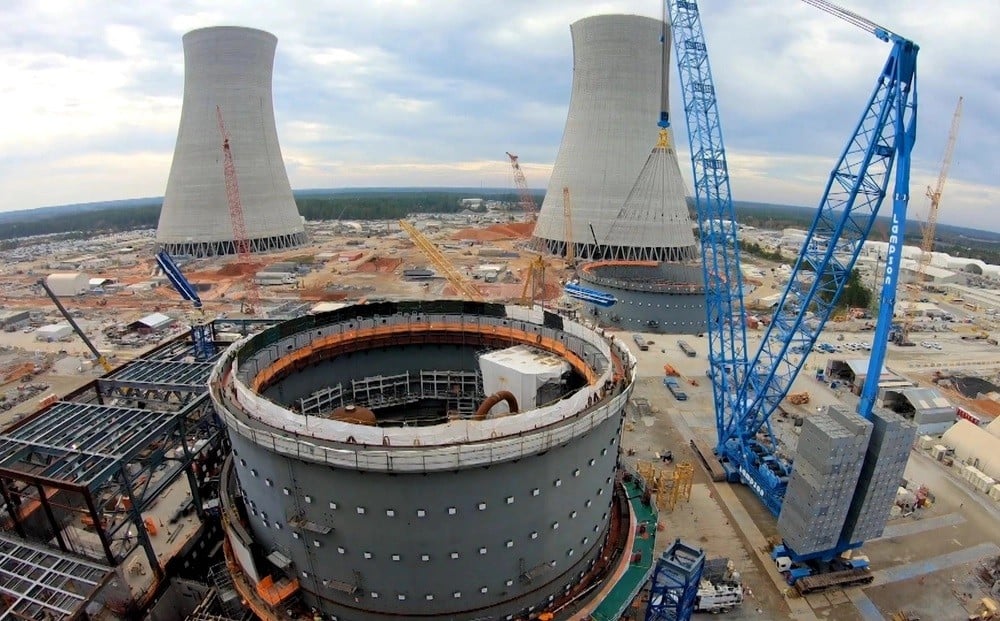 |
| The US is looking to replicate its success story with LNG in the nuclear energy sector. (Source: Getty) |
“The Americans are right when they say that energy is strategic and geopolitical,” said Christophe Grudler, a French lawmaker in the European Parliament.
From a European perspective, Mr. Grudler said, the question can be put simply: “Take control of your destiny and do not depend on others – yesterday it was Russian gas, today it is American LNG.”
One response at the EU level is the Net-Zero Industry Act, passed in March, which lists SMRs among a range of technologies considered “key” to Europe’s low-carbon transition.
This would prevent Europe “locking ourselves into an American technology that makes us dependent,” said Mr Grudler, who is pushing for the EU to support third- and fourth-generation SMR technology.
The French lawmaker rejected any accusations of isolationism, saying Europe's goal was to build a "balanced partnership" with the United States, such as the LEAP engine developed by US conglomerate GE and France's Safran, which powers both Boeing and Airbus aircraft.
“And to do that, we first need to create an SMR industry in Europe. That is why I am pushing for the establishment of a European SMR alliance,” said Grudler.
The European Nuclear Trade Association supported the move, saying: “It is important that the EU focuses on ensuring energy independence and industrial sovereignty.”
However, politically speaking, establishing an SMR alliance in Europe would be complicated, and also points to the divisions over nuclear energy in Europe.
Still, he said, building a European SMR industry is essential for the EU's “strategic autonomy,” especially given that eastern EU countries are in the process of equipping themselves with US technology.
The irony, according to Mr. Grudler, is that the American company NuScale does not have enough money to build the giant plant as planned and is relying on contracts with Eastern European countries for financial support.
“So their strategy is to sign contracts in Europe to get the money needed to build an SMR plant. And we Europeans will finance this? That makes no sense. As Europeans, we should promote our own industry,” the lawmaker said.
Certainly, Europe has plenty to learn from the US on how to handle crises. When it comes to energy, security and independence considerations must be at the forefront as the EU prepares for a bilateral summit with the US in Washington on 20 October.
Source


![[Photo] "Lovely" moments on the 30/4 holiday](https://vphoto.vietnam.vn/thumb/1200x675/vietnam/resource/IMAGE/2025/5/1/26d5d698f36b498287397db9e2f9d16c)



![[Photo] Binh Thuan organizes many special festivals on the occasion of April 30 and May 1](https://vphoto.vietnam.vn/thumb/1200x675/vietnam/resource/IMAGE/2025/5/1/5180af1d979642468ef6a3a9755d8d51)
![[Photo] Ha Giang: Many key projects under construction during the holiday season](https://vphoto.vietnam.vn/thumb/1200x675/vietnam/resource/IMAGE/2025/5/1/8b8d87a9bd9b4d279bf5c1f71c030dec)
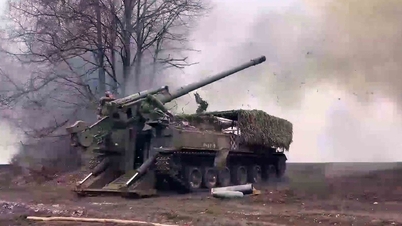


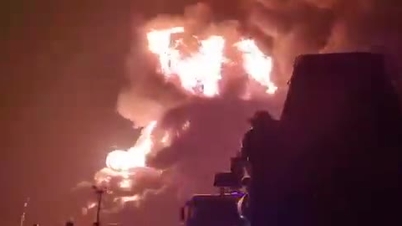

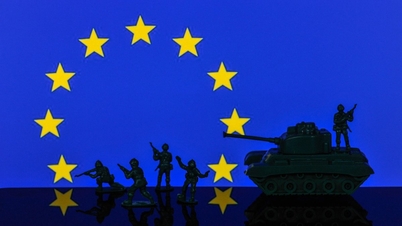

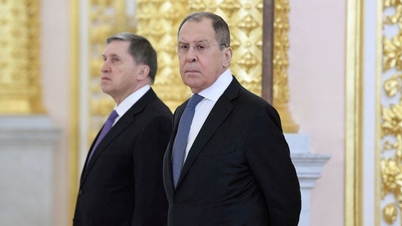










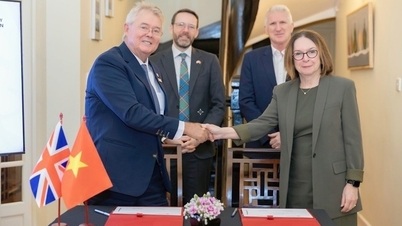










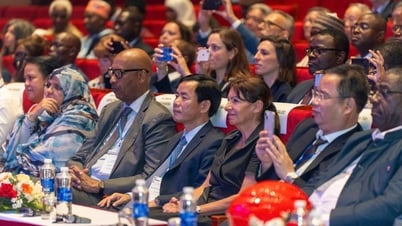


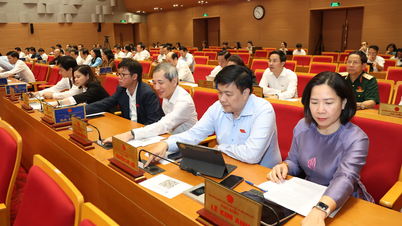




















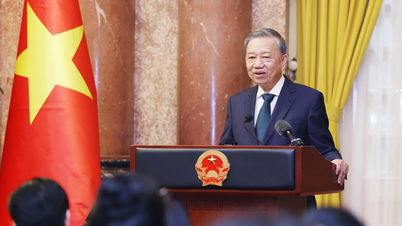
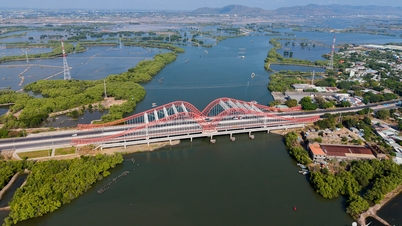




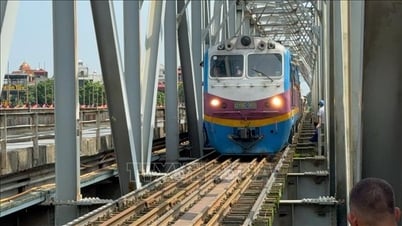

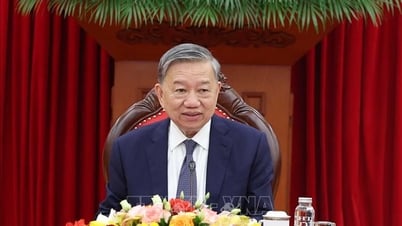









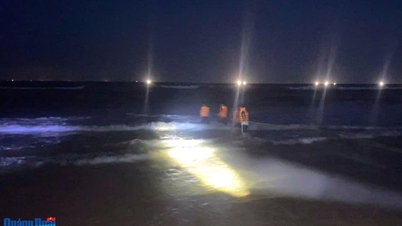





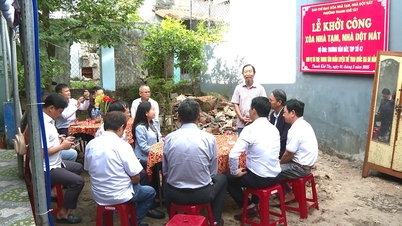



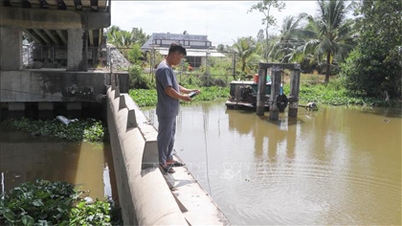











Comment (0)